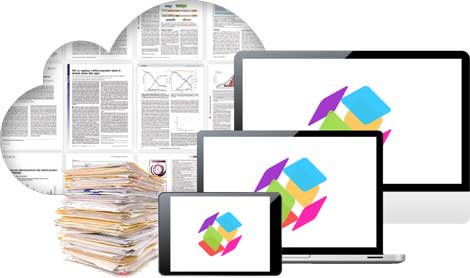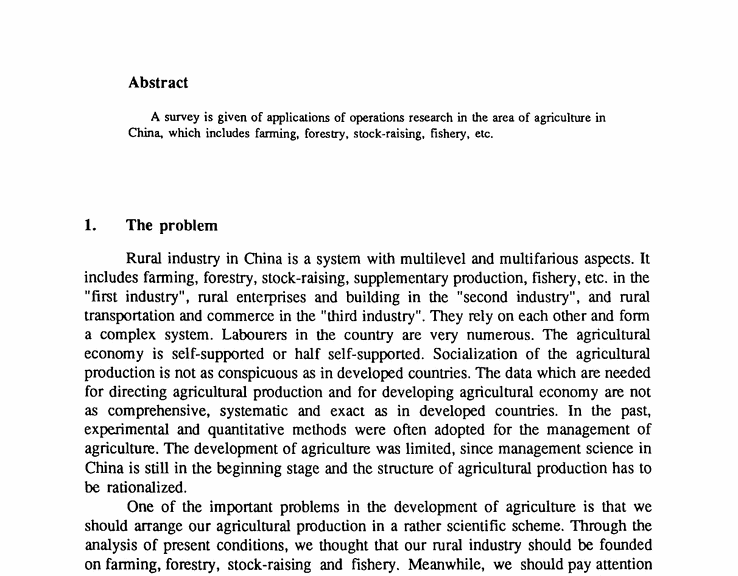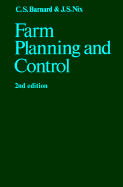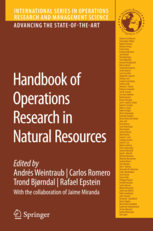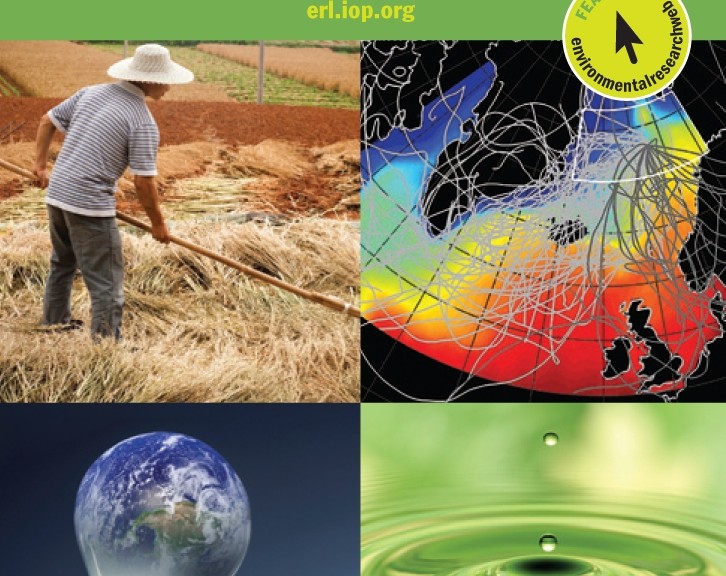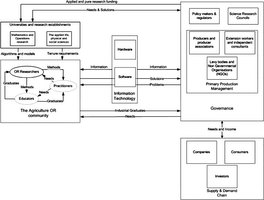Fab training course. It is doing me the power of good to have a refresher, but also from this Professor. He is essentially a self made man who has dug deep to find very human answers in himself to push forward.
I am so glad that this paper writing course was not another re-hash of the hypothesis centred paper approach. This course gave you the behind the scenes approach to getting it done, giving strategic tips to write #papers of any kind! Most of my work hinges on systems modelling. I’ve never seen a hypothesis formally stated in the literature that I read or even really figured out if it is implied. As a result I’ve mostly struggled and failed to operationalise earlier learning.
Part 1: Why publish and where?
- I like the idea of focussing on a set of #journals and consistent keywords to develop your #reputation.
- I like the idea of a set of journal at impact factor 4+ to aim the best stuff at. A set at around 2 to fall back on and a final set of <1 further fall back on provided that have good readership. This is a better way to build a directed reputation than the more scatter gun approach.
- I think for me I need to slant my outputs not at #Operational Research but more at Agri-environmental engineering, policy and #science. [Note to self if possible analyse my #citations and peers for journal coverage]
- Your quality bar on your papers defines your intellectual reputation (more than any other lever).
How to produce papers?
- Guides to #publishing papers are like diets -develop the one that works for you!
- I really like this killer idea. Separate the intellectual heavy lifting into a #planning phase that takes time from the physical drafting and #delivery of the manuscript. Trying to think as you write means that you have to repeatedly return to the time consuming heavy lifting to move the paper on the next notch before you are yet again diverted to the more pressing aspects of the day job.
- Intellectual phase
- Define the message -one sentence
- Define the structure
- Determine the key information to include in then paper
- Define the information needs in the introduction
- Deliver
- Write drafts
- Intellectual phase
- Plan of attack (Key to intellectual contribution -get balance of paper right)
- Results
- Discussion
- Conclusions
- Methods (& Materials)
- Introduction
- Abstract
- Title
- Keywords, Acknowledgements, References
-

F.O.C.U.S - The purpose of a paper is to be read and used [to communicate] (not to baffle, show off, prove hard work, to prove we are better). It is your sales pitch of your ideas and intellectual contribution.
- “Do they see what you see, and understand what you understand? Is it easy and useful for them to read? What knowledge/ information do you want to leave them with?”
- “If you cannot describe the message clearly and concisely you are not ready to write the paper”
- The best structure is the simplest path for the story you want to tell. Clear redundant material off that path
- Use a storyboard to organise the figures and tables into the story line you need for your message. What is missing? Are they needed at all? Use the storyboard as a research planning tool to target the graphs and thus work you need to do to support the story, but revise when a new story emerges. [Storyboard planning maybe very good for designing model runs for a paper if not building the model itself]

- Allow time and have fun collaborating
- Results: Describe, Compare, & Explain on each. Plant the hooks you will return to in the discussion. Be specific with comparisons and explanations never generic. Keep it to the points that add to your message
- Key point: Do not start writing the papers until you have prepared the material. If the preps done then in half an hour snatch moments another bit can be written up.
- Discussion: Bring out the main points first. Write a separate discussion to ensure you develop it well.
- Materials and Method: the reader should be able to repeat your work. Include Quality assurance steps. Reference standard methods, describe what is different, but avoid referring to you own papers for basic details to help the paper stand on its own feet.
- Introduction: What are the drivers of the work?, what is already known and done?, where are the gaps?, and what are we going to deliver?
- Conclusions: Demonstrate delivery of the message, what is the point of the paper?, and each aim and objective should have a corresponding conclusion.
- Title: This is the key hook. It is what people see first, if anything. Good titles are either short or contain colons and are brief, direct, and meaningful.
- Abstract: Critical to further reading. Use 4 sentences: 1)The driver for the work, 2)The approach taken, 3)The key results, and 4)The main conclusion.
- Visual/Audio-slide/video Abstracts: Important and no clear best practices
- Keywords: Direct, meaningful, and consistent (Inconsistent keywords = lower citations as you become harder to find. Find a couple of key signature keywords and use them everywhere
- Acknowledgements: funders, helpers and legal issues. Keep it brief
- References: Follow the formatting instructions and check citation and reference list agree in both directions.
- Basic rules: Keep to word limits, rules, and format guidelines. Do not flood journals -spread papers around if coming in a batch else be forced two rite one all singing paper. Don’t self plagiarise. If it is needed and it is published refer to it or come at it from another direction. If resubmitting post rejection to a new journal explain why and what you ave done to improve the article.
- Have high standards of internal proof reading.
- Handle referee comments constructively, properly, be timely.
- Be a completer finisher!
- Recieving criticism and rejection. Calm down and read and re read and re read the feedback until you feel more composed to respond positively. Keep at it as the light at the end of the tunnel never goes out.


